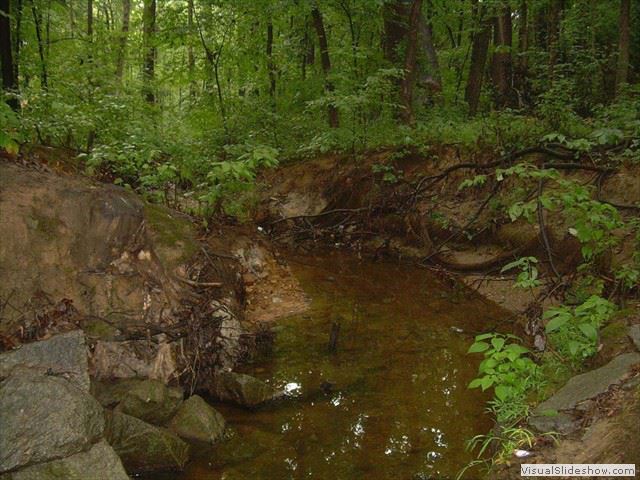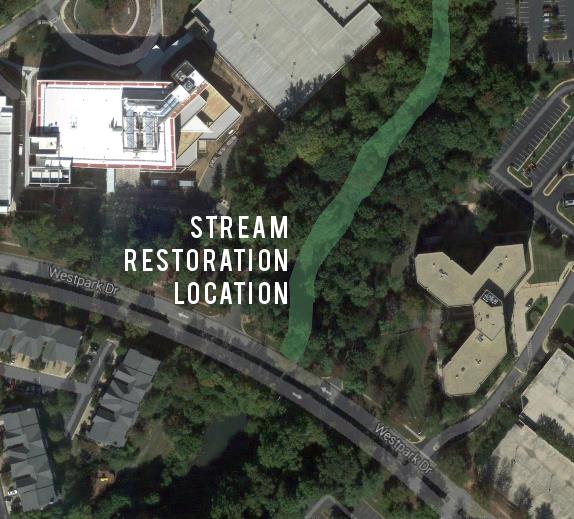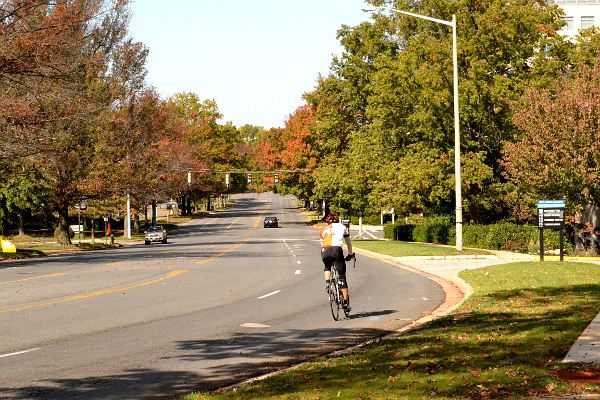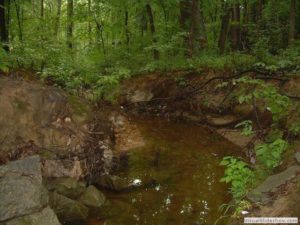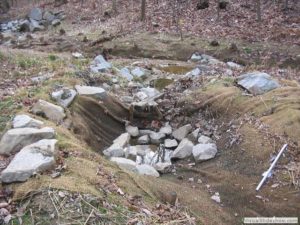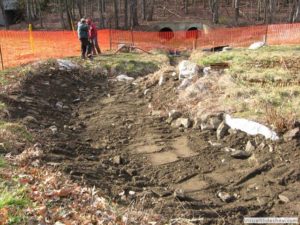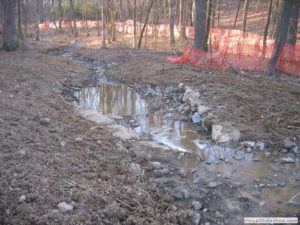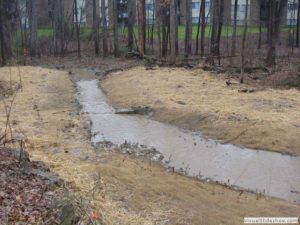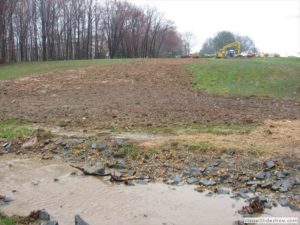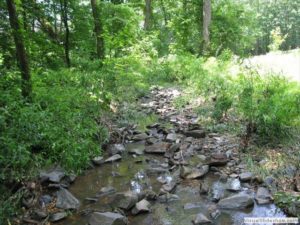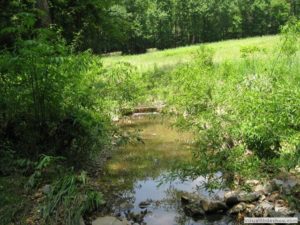Residents in North Tysons living along Westpark Drive have likely noticed the bulldozers and construction occurring far below the embankments of Westpark Drive. Some may think this is part of a new development project and be concerned about the destruction of vegetation and natural habitat along the sensitive stream channel.
In fact the project has nothing to do with new buildings, although it was attached as a requirement of the Arbor Row approval. The project is a stream restoration for the decaying and eroded channel that has taken the brunt of unmitigated development over the past 20 years.
I know it seems crazy that in order to improve the channel there is a need to remove some of the vegetation and effect the channel geometry, but this practice is actually common place and effective. By clearing out invasive species of plants and remolding the channel which has been deformed by years of uncontrolled runoff, stream restorers are able to return stream and its embankments to a more stable state.
It’s a dirty business as it is being under gone, and for months after establishment those passing by will likely believe it was a failure by the sterile look early on. However, after a year, natural cycles will begin re-establishing the arboreal biome. What is left is a stronger stream capable of handling larger storm events without erosion, and more habitable for wildlife.
Beyond the preservation aspect of the project, the stream restoration also seeks to bring the community into an under used natural space in North Tysons with a new walking path. The 8′ trail will provide a connector between Jones Branch Drive and the residential spaces along Westpark.
The restoration project will also connect to the future sport fields, soon to be constructed on the Hanover parcel along Jones Branch, which is currently an over grown pasture. These restorations are about reconnecting the community to the assets that have always been there, and will be an effective private respite in a quickly urbanizing city.
All typical stream restoration images for the restoration timeline courtesy of Wetlands Studies and Solutions, Inc. from the Reston Stream Restoration project.
Typical Stream Restoration Timeline
Above: Existing eroded stream channels, indicated by unnatural stream bank slopes, lack of vegetated cover, and impounded, stagnant pools. These are typically formed after years of uncontrolled runoff from development.
Above: Early stream restoration construction looks messy, and requires diverting the stream creating a barren look.
Above: Stabilization measures leave the site looking unnatural with the application of erosion blankets and sod. These measures are what allows natural vegetation to be capable of taking root without erosion, along with the establishing of more natural stream bank slopes.
Above: After a period in which natural cycles have an opportunity to reclaim the stream, the new preservation zone has a healthier and stable biome. This has the added benefit of improving the accessibility and aesthetics of the stream area, therefore reconnecting residents and wildlife.

